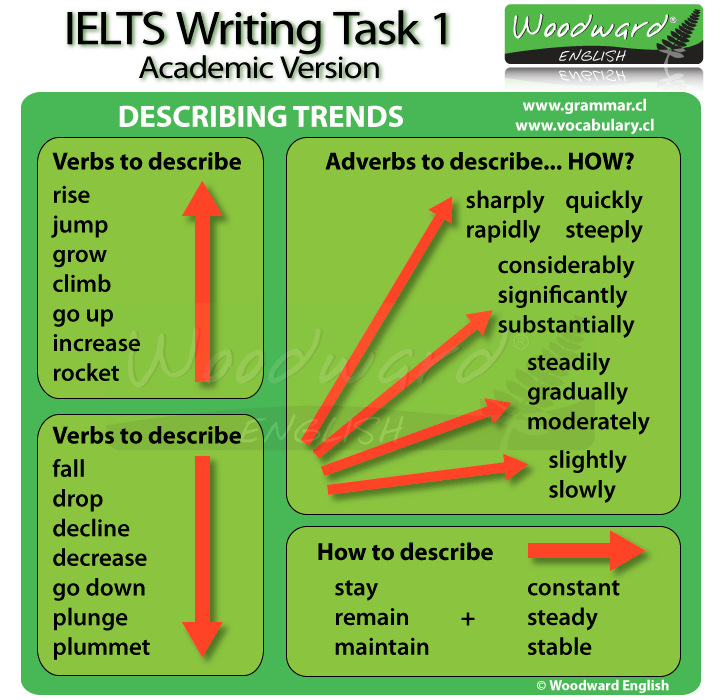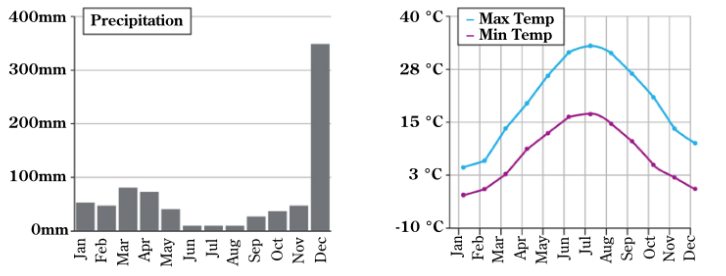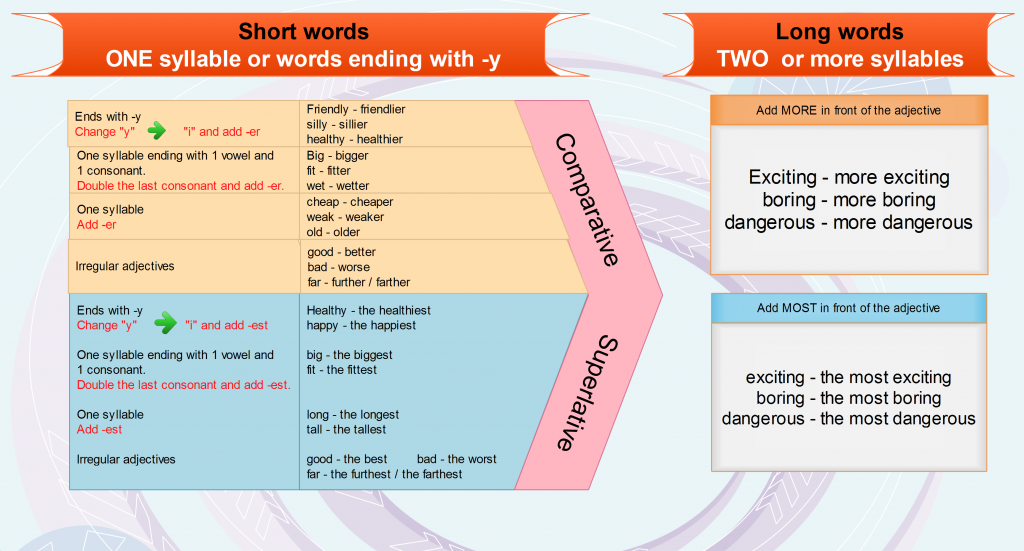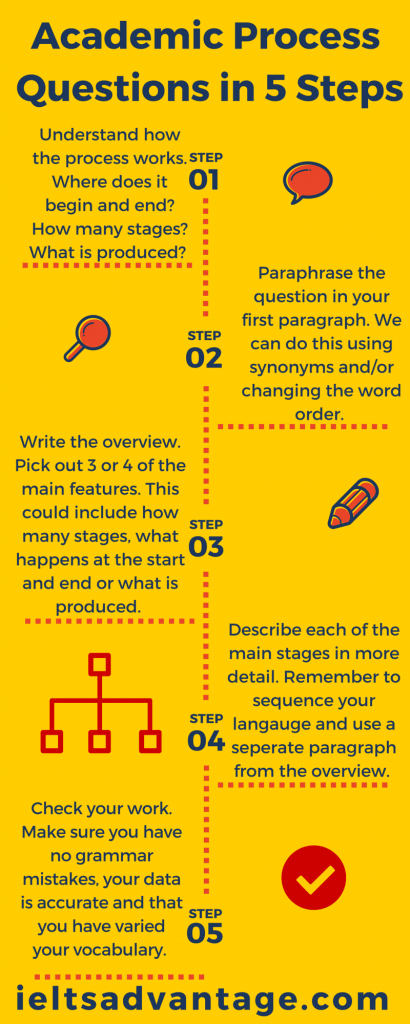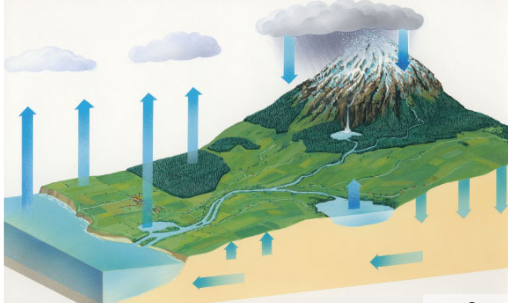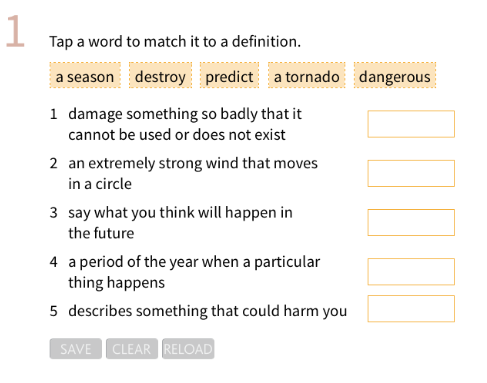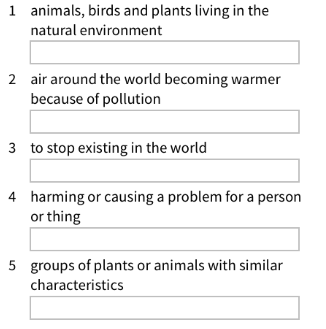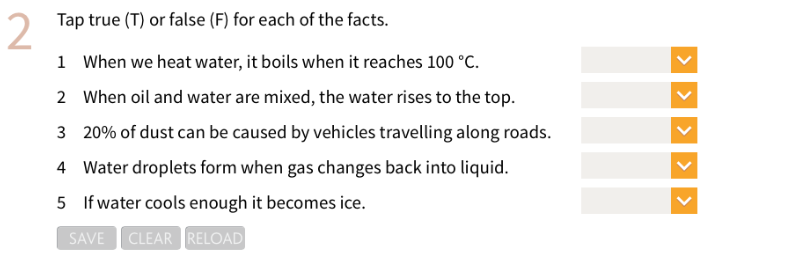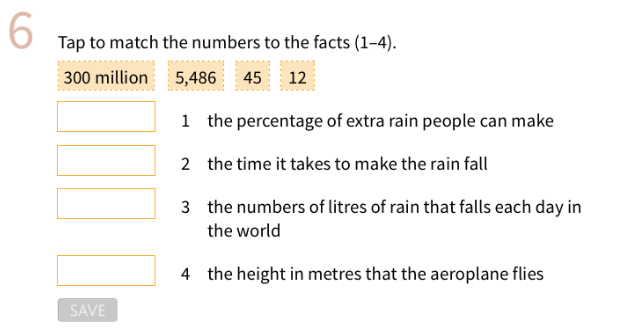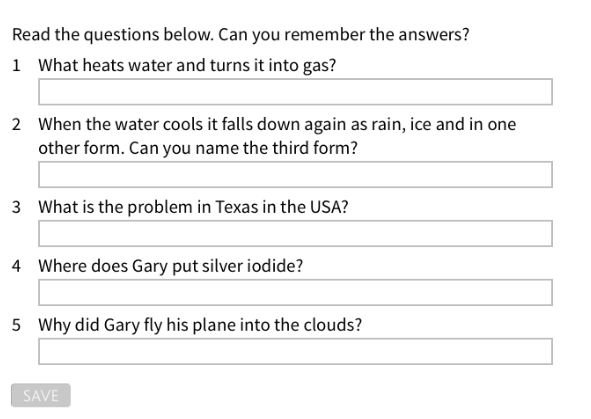In today’s lesson we will be learning how to successfully describe a line graph.
The diagram below shows you some suitable vocabulary that can be used when describing a line graph:
A suitable essay structure for describing a line graph is as follows:
IOK
Introduction:
Restate the title of he graph
OverView
Talk about the general shape of the graph. Don’t go into to much detail just talk about the main points. For example the highest and lowest points in the graph
Knowledge
Use this paragraph to talk about the details that you can see in the graph. Remember you need mention the main details and that your making a summary of what you can see. At this point you can start mentioning some of the data that you can see
Go to this link for more detail:
http://www.ieltsbuddy.com/ielts-writing-task-1.html
Here is a sample essay
http://www.ielts-exam.net/preparing/Writing_task_one_single_line_graph/208/
Writing Prompt
Using the structure shown above use lined paper to describe the following graph (150 words)
The Maximum and Minimum temperature in over a year in Samarkand Uzbekistan
Use the following check list to review through your work:
Does the report have a suitable structure?
- Does it have an introduction, body and conclusion?
- Does it include connective words to make the writing cohesive within sentences and paragraphs?
Does the report use suitable grammar and vocabulary?
- Does it include a variety of sentence structures?
- Does it include a range of appropriate vocabulary?
Does the report meet the requirements of the task?
- Does it meet the word limit requirements?
- Does it describe the whole graph adequately?
- Does it focus on the important trends presented in the graphic information?
